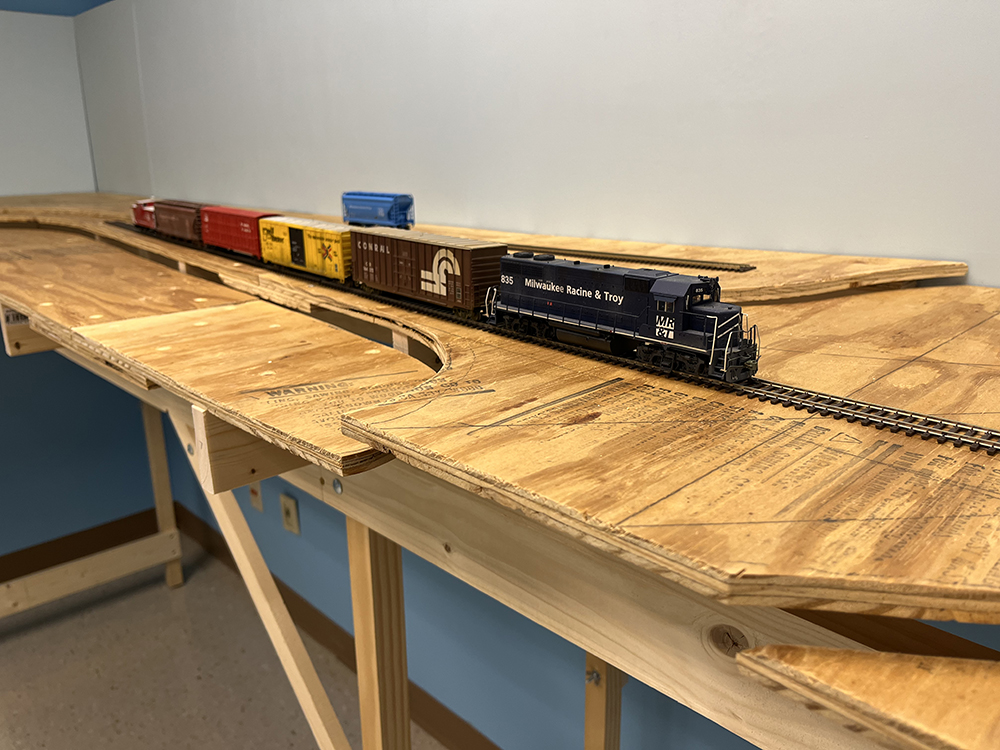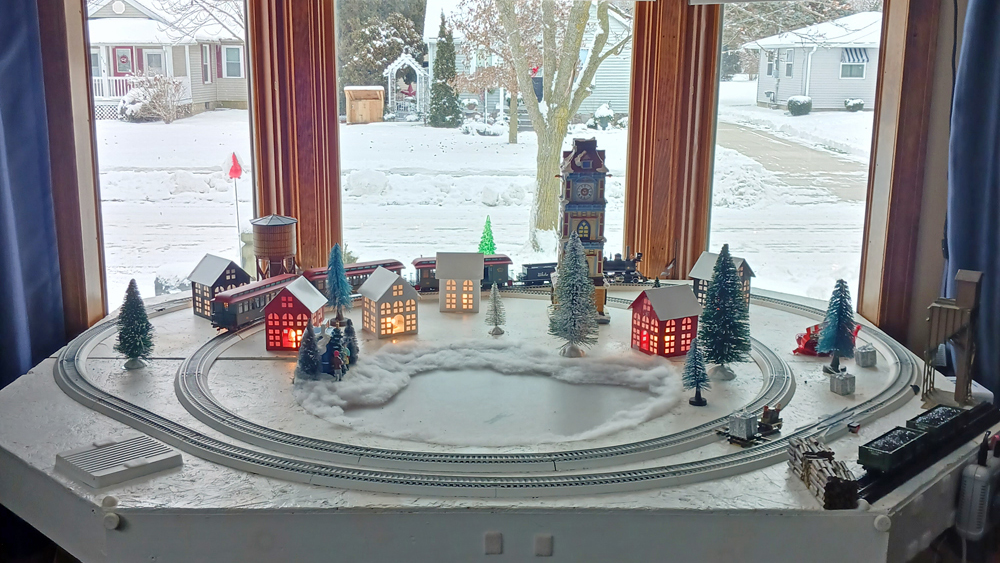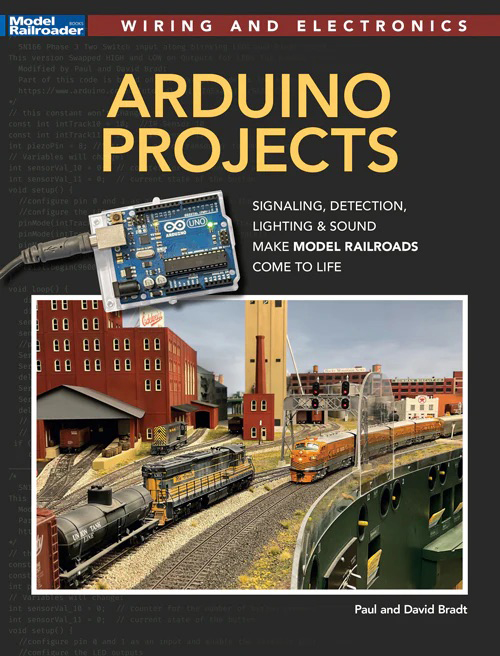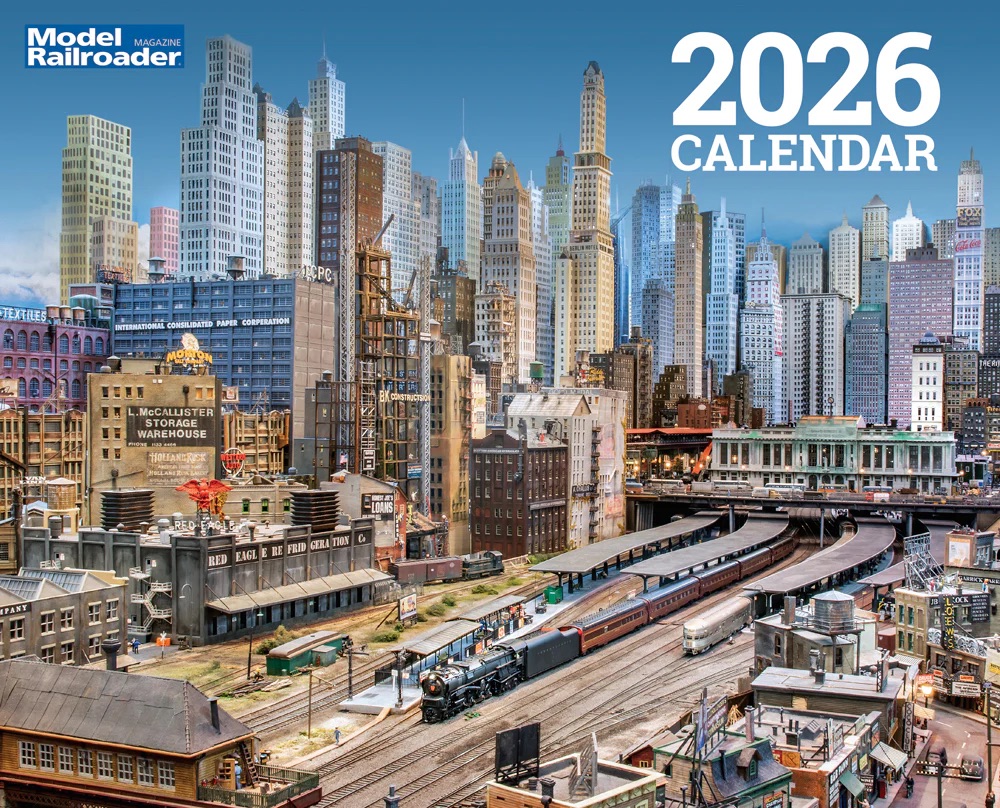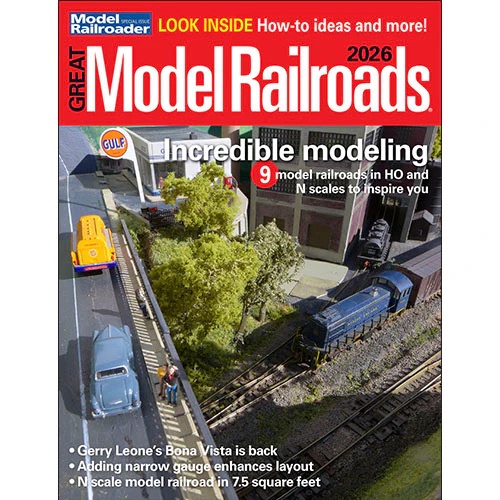It’s a cliché to refer to a decade as a “decade of change.” In the summation of our nation’s history, what decade wasn’t a decade of change? Change is perhaps the great constant of American history, and in many ways it is that forward-looking dynamism that keeps America at the vanguard of the international community. With all that said: The 1940s were a decade of change for America and American railroads alike.
Forgive my cliché. But who wouldn’t want to model the 1940s? For one, doing so allows you to operate the Big Boy in the widest range of non-anachronistic settings, which to many modelers is reason enough to select this decade for their layouts. Add to this the myriad of period-accurate streamlined locomotives, the apex of American passenger trains and commuter rail, and the massive nationwide wartime production effort which necessitated cross-continent rail traffic to move material to and from rail-serviced factories and production lines, and the reasons to model the 1940s are manifest.
The State of Railroads in the 1940s
To better understand how to re-create the 1940s on a model railroad layout, one must first understand prototype railroading. During the 1940s, American railroads played an essential role in the transportation of troops and goods. The decade began with railroads operating predominantly steam locomotives, but by the end of the wartime years, diesel locomotives were beginning to show their potential. As modelers look to replicate the 1940s, understanding the transition from steam to diesel is crucial.
Key Locomotives of the Era
Steam Locomotives
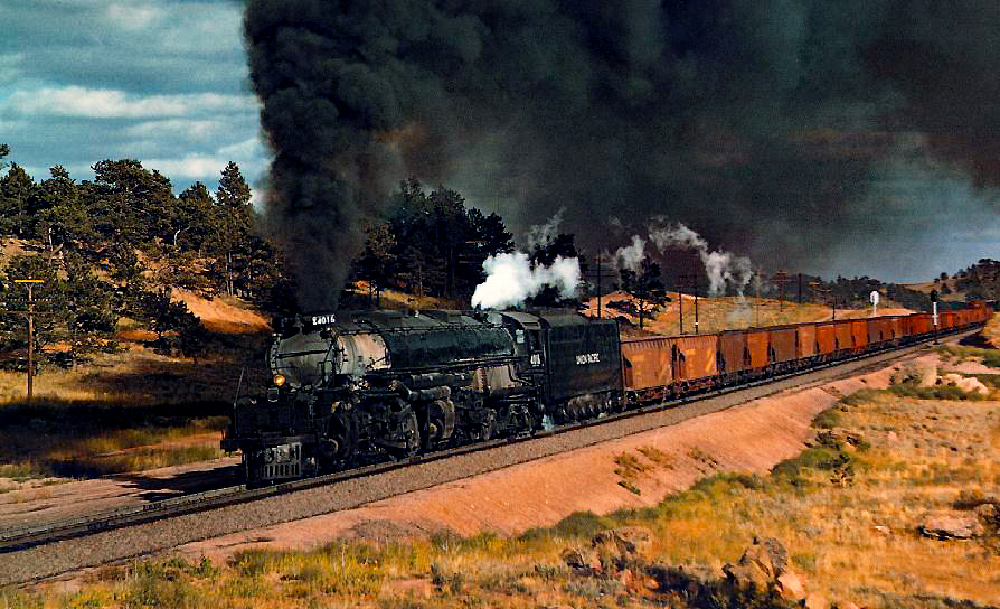
Steam locomotives were the backbone of the railroads during the early 1940s. Each railroad had unique designs tailored to its specific needs. The massive Big Boy, produced by Union Pacific, and the streamlined Hudsons from New York Central are iconic examples. These locomotives were admired for their size and power, making them must-haves on a 1940s layout. Union Pacific’s aforementioned Big Boy locomotive is particularly coveted; the largest steam locomotive ever produced, the Big Boy was designed to conquer the challenging Wasatch mountain range between Ogden, Utah, and Evanston, Wyo., and it allowed the expedited transport of key wartime materials over the mountain range, rather than around it.

Click here to read more about the Big Boy from Classic Trains.
Diesel Locomotives
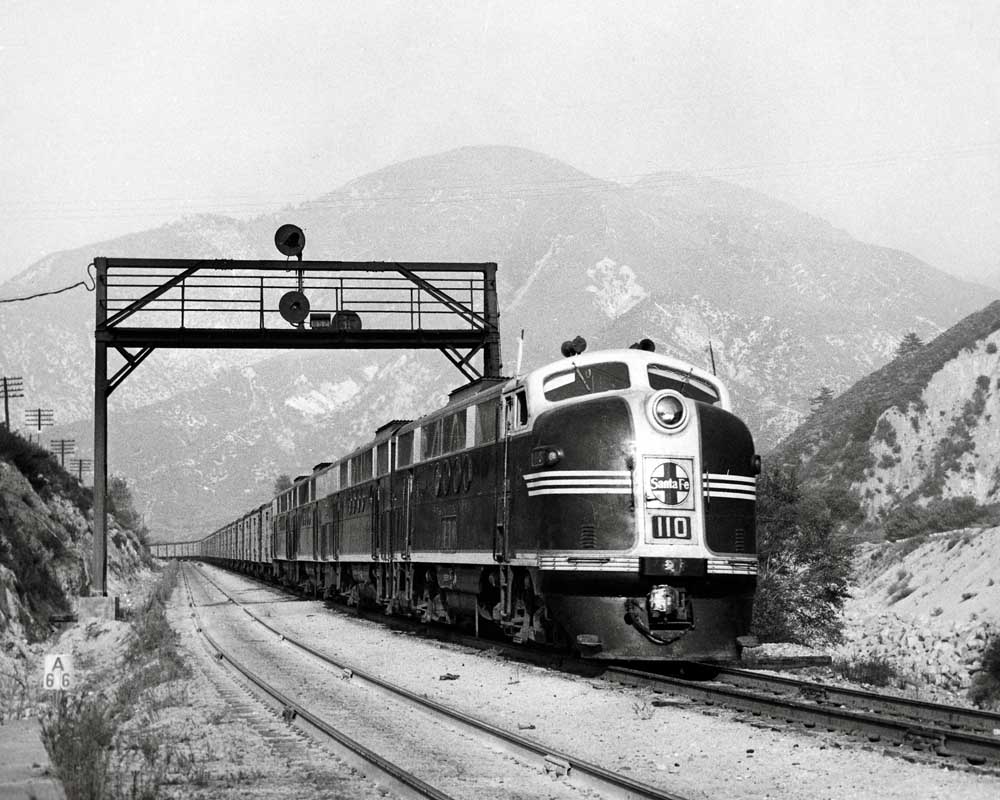
The emergence of diesel power came to define motive power at the end of the 1940s. Electro-Motive Division (EMD), then known as the Electro-Motive Corp., was a major player, producing models like the FT freight units, which demonstrated superior efficiency and performance. If you plan on modeling the second half of the 1940s, consider incorporating early diesel units into your locomotive roster. But if you seek authenticity, research when the railroads featured on your layout began to dieselize.
Click here to read more about the EMC FT diesel-electric locomotive from Trains magazine.
Freight and Passenger Operations
Freight Cars
Boxcars, flatcars, and hoppers dominated freight operations in the 1940s. Unlike later years, freight cars were often colorful, featuring heralds and paint schemes that showcased the railroads’ branding. If you choose to model the wartime years, be sure to incorporate wartime production into your freight operations, perhaps by showcasing HO scale Sherman tanks fresh off the production line. Incorporating these details into your model will add vibrancy and realism to your freight operations.
Click here to learn more about America’s railroad and World War Two from the Classic Trains archive.
Passenger Trains
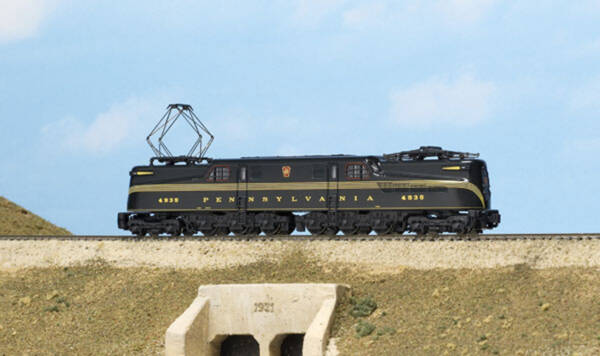
In the 1940s, passenger operations were crucial, as the materials which would later be used for automotive production were needed for the wartime effort. Passenger operations at the time were characterized by the heavy use of articulated cars and streamlined passenger trains. Union Pacific’s City-series, which included the City of Portland and City of Los Angeles, and Pennsylvania RR’s Congressional Limited, are but a few examples of the many iconic streamlined trains of the decade.
Environmental and Cultural Details
Structures and Landscapes
The architecture of the 1940s was a mix of prewar structures and those influenced by wartime resource constraints. Key structures to include are grand stations, rural depots, and the variety of commercial and industrial buildings that populated the American landscape. In the second half of the 1940s, the postwar housing boom was in its infancy, which will help to place your layout accurately in the decade.
Vehicles
Some consider the cars of the 1940s to be the peak of American automotive aesthetics, as the automobiles of the decade were distinct and beautiful. The cars of the 1940s share some aesthetic similarities to the streamlined trains one might see carrying passengers on America’s railroads, with a slick, forward-looking design language guiding the appearance of locomotives and automobiles alike.
The 1940s marked, more or less, the end of the coach-built era of automotive history, particularly once the wartime production ceased, when factories and productions lines which once churned out bombers, tanks, and Jeeps were now able to pivot to automotive production, among other things.
Signage and Other Details
Propaganda and war effort posters were common, offering an easy way to ground your layout in the 1940s. Signage and period-appropriate advertisements for then-emerging household technologies add another layer of historical accuracy.
Tips for Accurate 1940s Modeling
Research is Key
Studying reference materials such as photographs, movies, and railroad publications from the 1940s is essential. Primary sources from the era will provide insight into color schemes, train configurations, and everyday life that can be replicated on your model railroad.
Implement Authentic Details
Focus on the small details. Whether it’s the correct numbering on boxcars or the vintage signage on station platforms, these elements add authenticity to your railroad.
Creating a model railroad set in the 1940s allows for the exploration of a dynamic era in American transportation history. By incorporating era-specific details, locomotives, vehicles, and other elements, modelers can vividly recreate the rich tapestry of 1940s railroading, engaging both the eye and the imagination of viewers.
More decades
Interested in modeling the 1950s? Click here for tips on modeling the 1950s!
Interested in modeling the 1960s? Click here for tips on modeling the 1960s!







